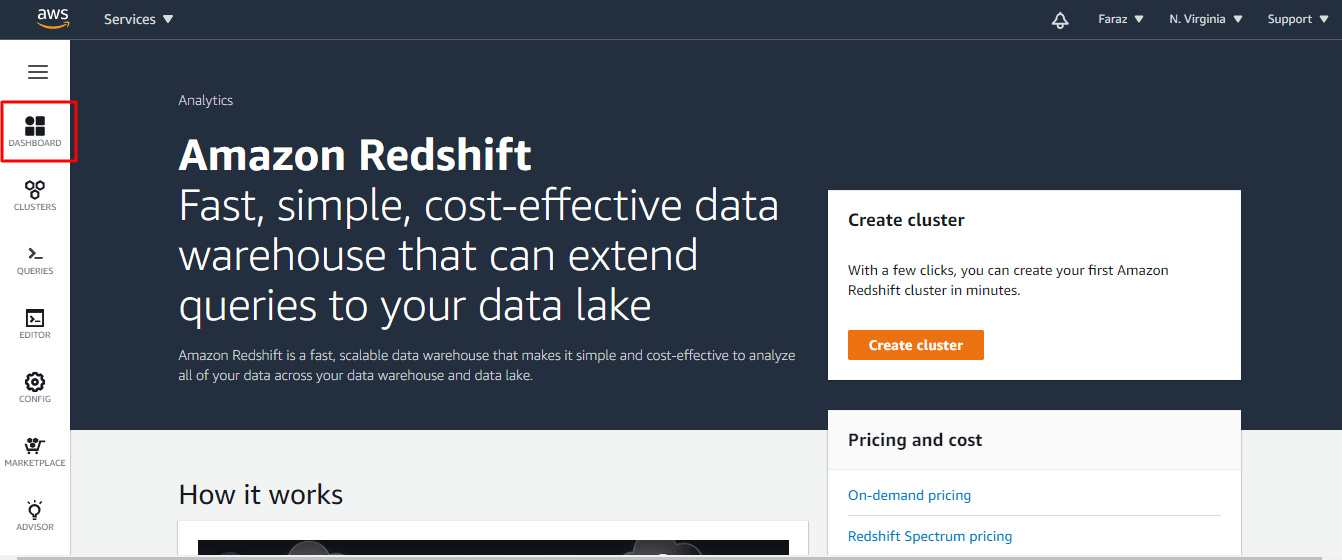

Similar to cross-database queries, data sharing is also available only on RA3 type instances. Users can securely share data with other clusters at different levels, including schemas, tables, functions, and so on. Data sharing, which was in preview since late 2020, enables Redshift users to instantaneously share data between clusters without having to copy or move data from one cluster to another. Before Redshift’s data sharing feature, users would copy the data from one Redshift cluster to another.

Similar to database separation, many organizations use separate Redshift clusters depending on various business factors like billing, cluster maintenance, security and compliance issues, etc. Although now GA, there are some limitations to cross-database queries that include not creating views on top of them. Users with clusters running on non-RA3 type instances have an easy option to migrate to RA3 type instances to use cross-database querying and other such features. Users need to copy one of the two databases to S3 and run a Redshift Spectrum federated query for the other type of instances. Users could not query two or more different databases in a single query before cross-database querying was introduced in preview by Amazon in late 2020.Ĭross-database querying is only available for RA3 type instances.

Usually, these databases are required to be queried together for integration and testing purposes. Moreover, users also create separate databases for different stages of ETL processes. Redshift users often create several databases separating business concerns, development environments, maturity, etc. Users of Amazon Redshift can now run cross-database queries and share data across Redshift clusters as AWS released these enhancements to general availability.


 0 kommentar(er)
0 kommentar(er)
